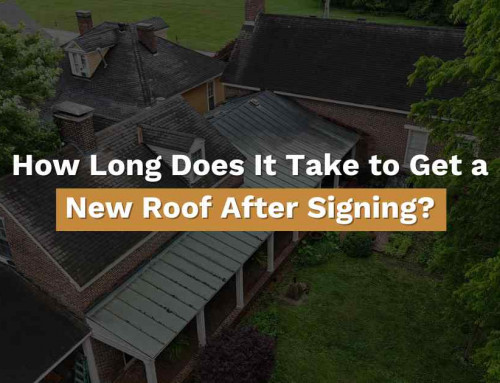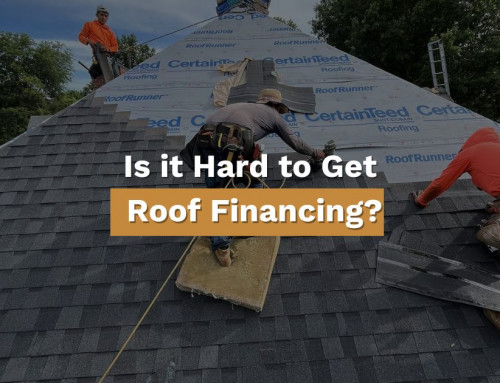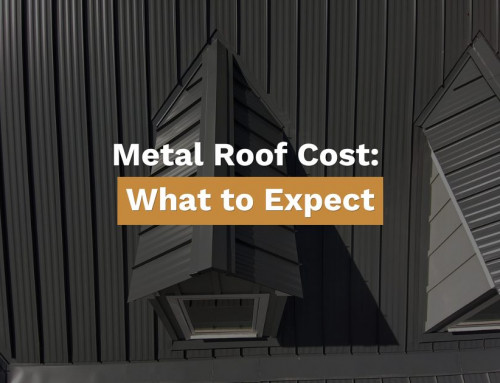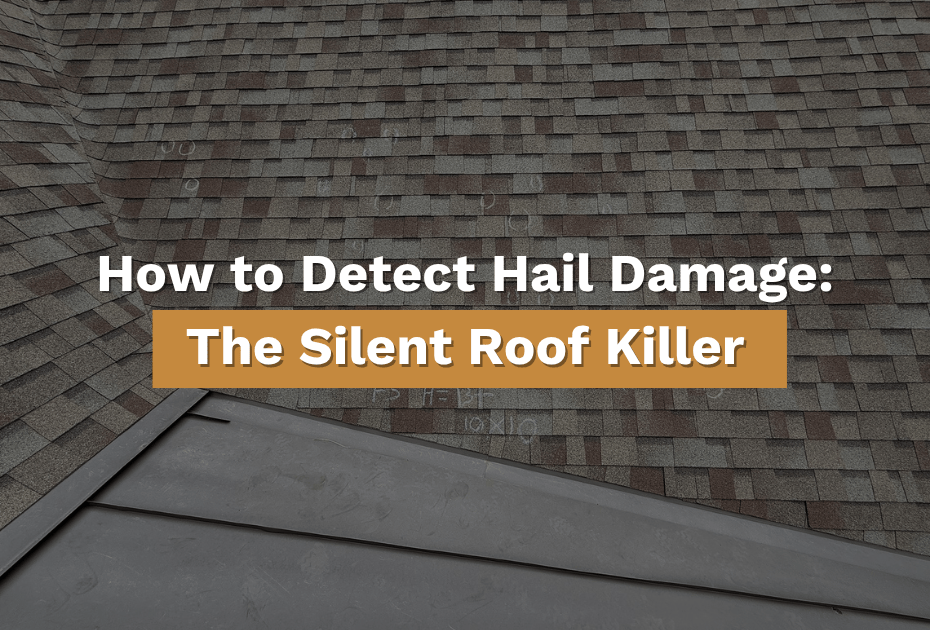
Highlights for Hail Damage Detection
In Middle Tennessee, hailstorms can cause more damage to your roof than you might think. What appears to be a few harmless dents can evolve into major issues if left unchecked. In this article, we’ll explore how to detect hail damage hides in plain sight, why early detection is crucial, and how Five Points Roofing helps protect your home with expert inspections and insurance guidance.
Table of Contents
The Hidden Threat on Your Rooftop
For homeowners in Middle Tennessee, protecting your home starts at the top. The roof is your first line of defense against the region's frequent hailstorms, yet it's also one of the most overlooked when the storm passes. Many people assume that if they can't see any damage from their driveway, everything must be fine. Unfortunately, this assumption can lead to serious problems. Hail damage often masquerades behind intact shingles, quietly compromising your roof's integrity until it manifests as a leak or structural damage.
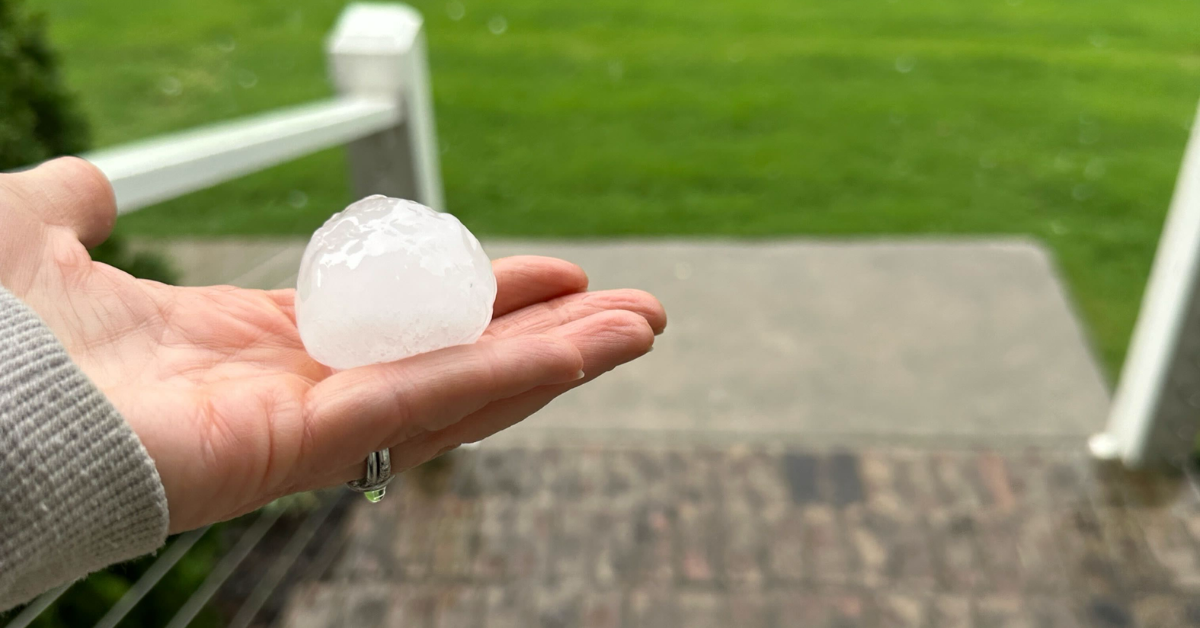
Hail hits may not always be visible from the ground, and even minor hail hits can compromise your roof's integrity.
Middle Tennessee's unpredictable weather makes it essential for homeowners to understand the risks associated with hidden hail damage. Through education, proactive inspections, and trusted local service, Five Points Roofing helps homeowners avoid being blindsided by the silent roof killer.
What Makes Hail Damage "Silent"?
It's Not Always Visible
One of the most misleading aspects of hail damage is its subtlety. While large hailstones can leave obvious dents and broken shingles, smaller hailstones can cause less conspicuous harm that still significantly affects your roof's performance. These smaller impacts may bruise shingles, weaken the granule surface, or damage the waterproofing layer underneath without breaking the surface.
Hail can also damage the decking beneath the shingles, which is a critical structural component supporting the roof.
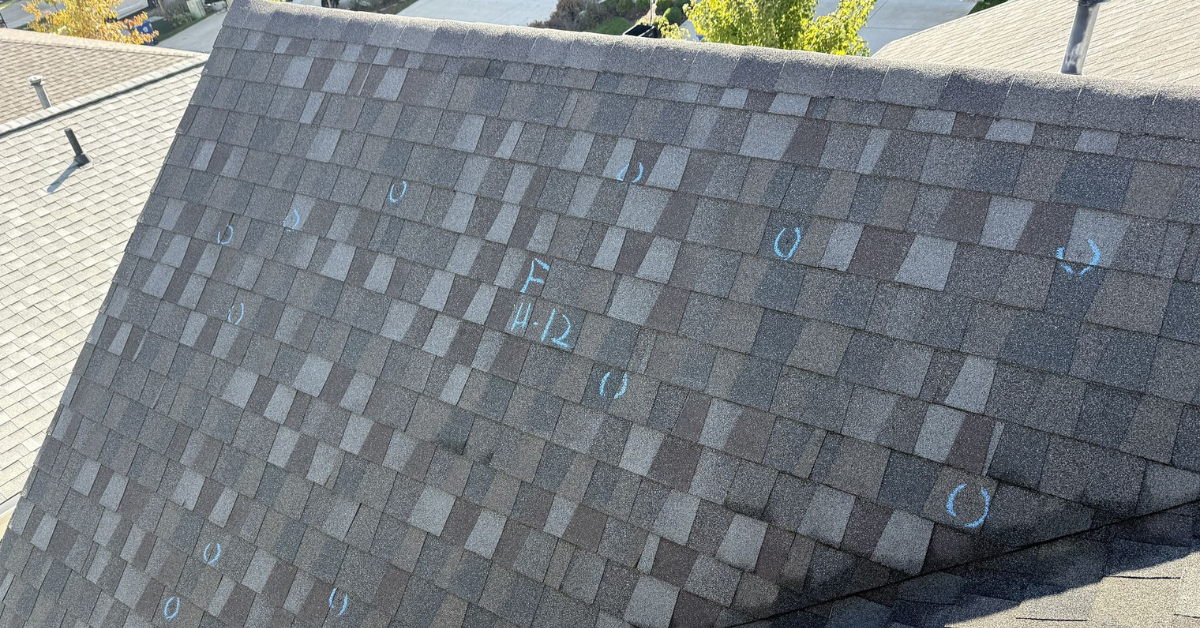
The reason such damage is so elusive is that it doesn't immediately affect the outer appearance of the roof. However, the integrity of the shingle has been compromised. Over time, UV exposure and weather conditions can worsen the affected areas, leading to roof leaks, mold, and structural decay. This "silent" degradation emphasizes the need for professional evaluation even when damage isn't readily apparent. Even normal wear can mask the true extent of hail impacts.
Damage Can Take Time to Show Effects
Another deceptive aspect of hail damage is that the consequences may not be immediate. Damage from hail can take weeks or even months to reveal itself in the form of roof leaks, water intrusion, and insulation damage. In Middle Tennessee, seasonal weather changes exacerbate the deterioration, causing minor issues to snowball into major problems.
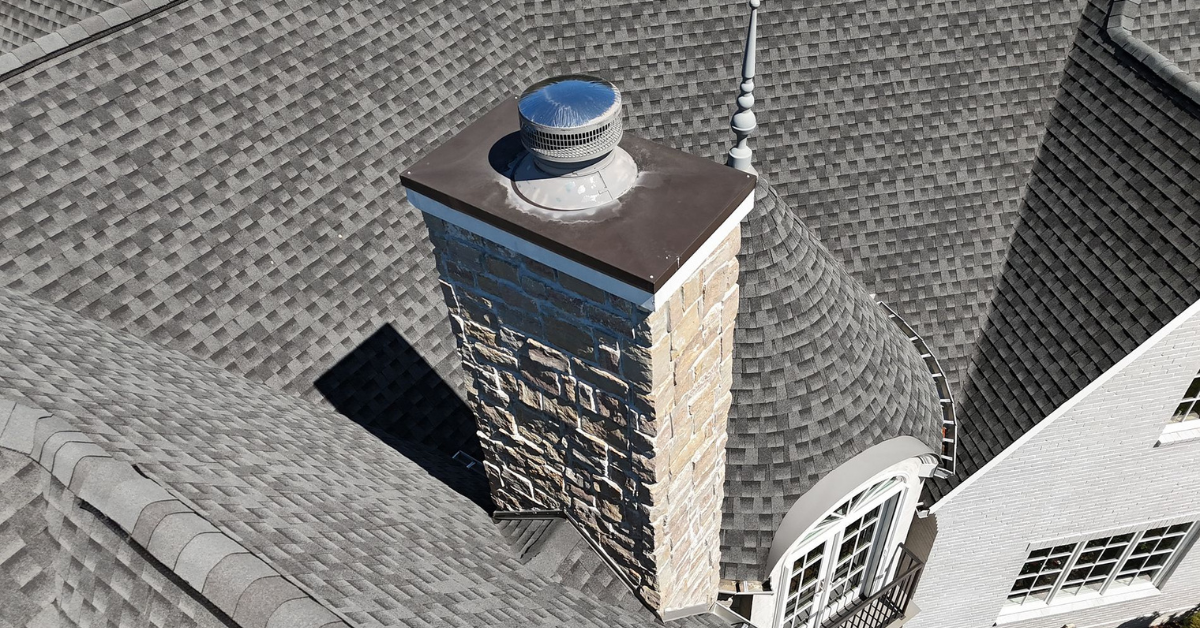
These delays in visible symptoms make it easy for insurance claim deadlines to pass before damage becomes evident. It's also why many policies encourage or require timely inspections. Trustworthy roofing companies like Five Points Roofing help homeowners detect these delayed issues before they become unmanageable. If you've experienced a hail storm, it's crucial to identify hail damage early and request a professional roof inspection.
Why Roofing Material Matters: Vulnerability to Hail
The type of roofing material you choose can make a significant difference in how well your roof stands up to hail impacts. Not all roofing materials offer the same level of protection, and this can directly affect both the likelihood of hail damage and the overall cost of roof replacement down the line.
Asphalt shingles are one of the most common roofing materials for homes in Middle Tennessee and across the country. While they are affordable and easy to install, standard asphalt shingles can be more susceptible to hail damage, especially if they are older or of lower quality. Hail can bruise, crack, or knock granules off these shingles, leading to leaks and the need for early replacement.
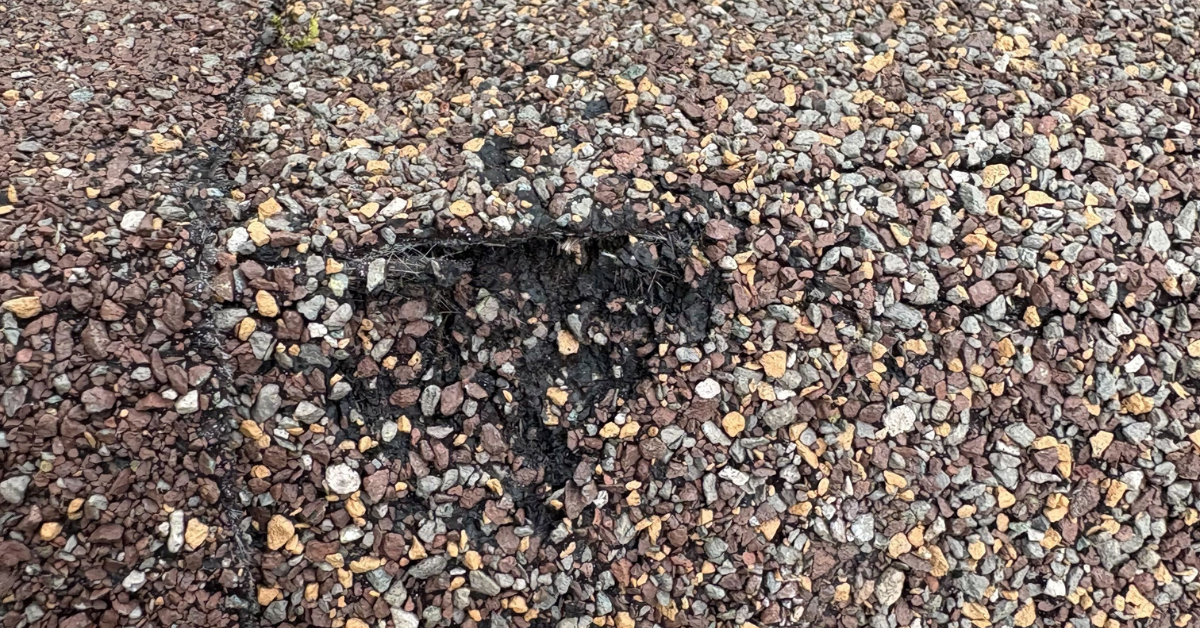
On the other hand, metal roofs and clay tiles are known for their durability and resistance to hail impacts. Metal roofs, in particular, can withstand even large hailstones with minimal visible damage, while clay tiles offer excellent longevity and protection. However, these materials often come with a higher upfront installation cost, which can increase the overall cost of roof replacement. Still, their long-term durability may save homeowners money by reducing the frequency of repairs and replacements after hail storms.
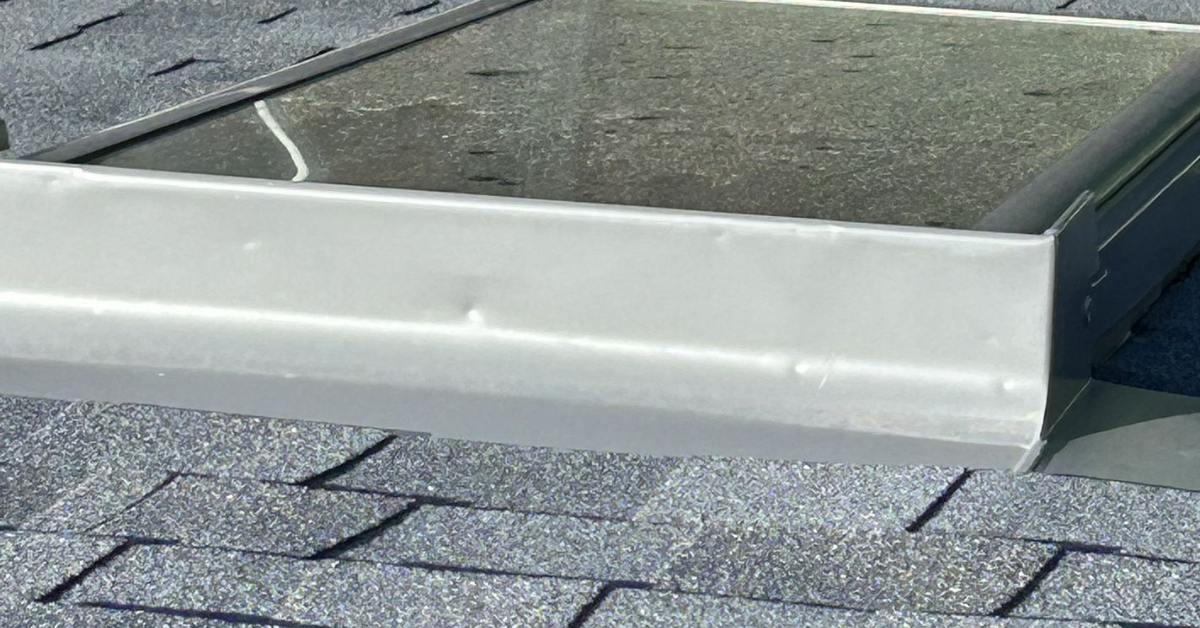
When considering a new roof or replacing old shingles, it's important for homeowners to weigh the pros and cons of each roofing material. Investing in a more hail-resistant material may mean a higher initial cost, but it can pay off by minimizing future hail damage and lowering maintenance expenses. Consulting with a trusted roofing contractor can help you select the best roofing materials for your home's needs and budget, ensuring your roof is ready to weather the next hail storm.
Detect Hail Damage on a Roof
Self-Inspection Basics for Homeowners
While professional inspections are always recommended, homeowners can conduct preliminary assessments from safe vantage points. The key is knowing what to look for and understanding your limitations. Start by checking for granule buildup at the bottom of downspouts and in gutters. Granule loss is one of the earliest signs of hail damage.
Other visible clues might include dings on metal surfaces like vents, skylights, and gutters, displaced or curling shingles, and water stains on exterior walls. Roof repairs might be needed even when there's no visible damage to shingles. Prompt roof repair can prevent further issues and higher costs down the line.
If you notice signs of more damage or suspect compromised roofing materials like asphalt shingles or architectural shingles, it's time to call a professional. DIY roof replacement might seem tempting, but it often overlooks subtle hail impacts and can lead to higher overall costs.
What a Professional Roofer Looks For

Certified inspectors are trained to recognize both obvious and hidden signs of damage. Unlike a homeowner's quick glance, a professional evaluation includes checking under shingles, examining soft spots, and inspecting critical components like flashing, skylights, and chimneys.
A proper inspection also involves pattern recognition. Professionals know the unique impact patterns hail creates, such as consistent dings on one side of the roof or clustering around metal features. This expertise is invaluable not only for detecting issues but also for substantiating insurance claims. Working with a licensed roofing contractor ensures all aspects of your roof, including clay tiles, metal roofs, or wood shakes, are properly assessed. Experienced roofing contractors are trained to identify both visible and hidden hail damage, ensuring a comprehensive assessment.
Signs of Hail Damage After a Storm
Immediate Clues
After a storm passes, homeowners should look for immediate signs of potential hail damage. These include dented gutters, cracked siding, and dislodged downspouts. These external indicators often correlate with roof damage, even if the roofing shingles appear untouched. You may also notice damage to your car parked outside, which further suggests hail impacts on your house.
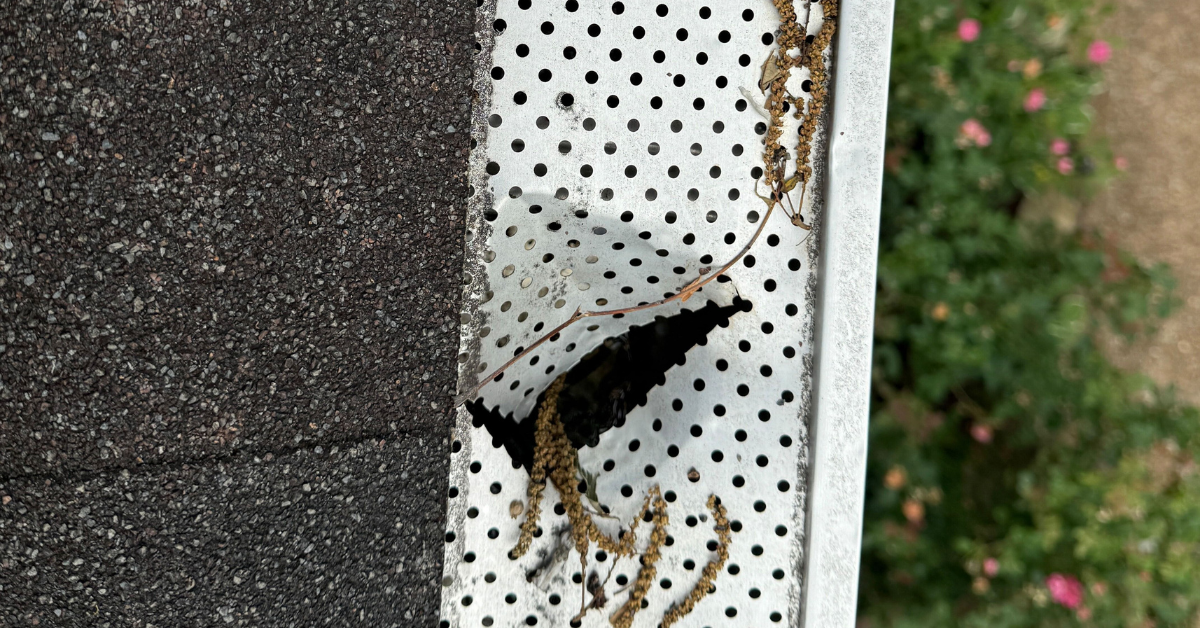
Other early indicators include cracked window trims, torn window screens, and dented garage doors. If hail can damage these structures, it's highly likely it impacted the roof as well. Always check around your property for these clues post-storm. Roof repairs might be needed even when there's no visible damage to shingles.
Subtle, Long-Term Indicators
Long after the storm, hail damage may manifest through more subtle signs. These include water stains on ceilings, peeling paint near rooflines, mold in the attic, and increasing energy bills due to insulation compromise. These signs indicate deeper structural issues that may require a full roof replacement.
Undetected hail damage can significantly reduce the lifespan of your roof, leading to earlier-than-expected replacement.
Being alert to these gradual changes is crucial. Regular inspections help catch problems early, while timely intervention can prevent expensive repairs or even health hazards like mold. Five Points Roofing advises bi-annual inspections, especially after major weather events. Don't wait until your old roof deteriorates further—schedule your inspection to assess the need for new shingles or additional repairs.
Why You Need a Professional Roof Inspection
Tools and Techniques Experts Use
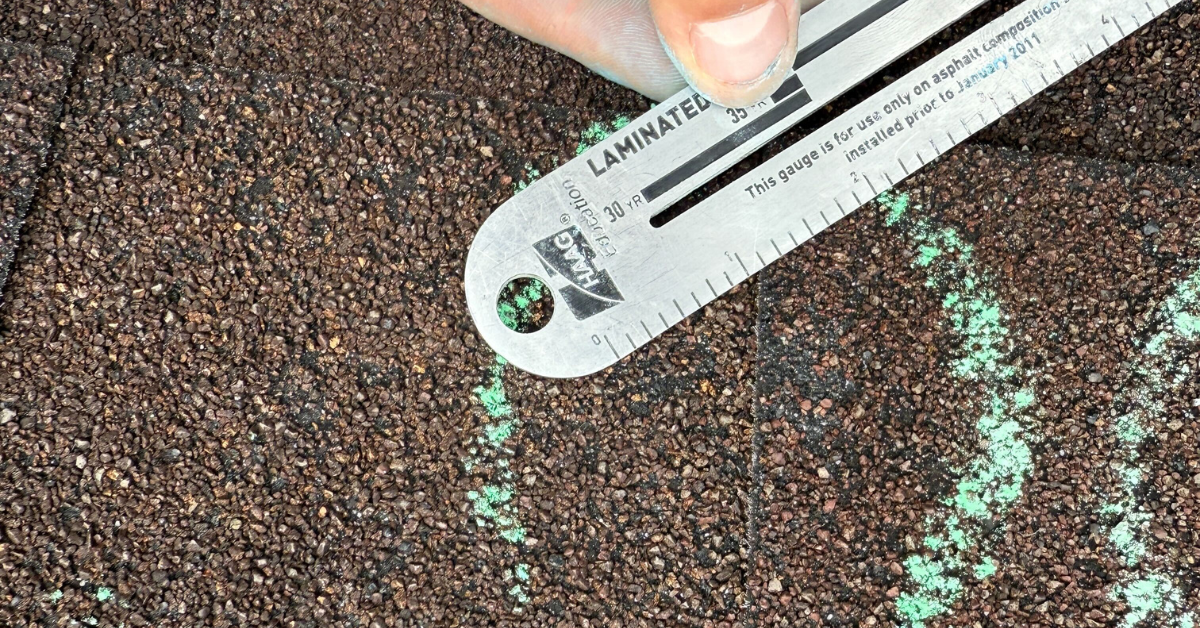
Roofing professionals use specialized tools to uncover hail damage. These include chalk to reveal impact marks, drones for aerial imaging, and infrared thermography to detect moisture intrusion beneath the surface. Five Points Roofing employs HAAG-certified inspectors who use these techniques for every evaluation.
Such technology isn't just about detection—it's about documentation. Insurance companies require detailed reports, photos, and sometimes core samples to validate claims. Having a professional who understands both roofing and insurance ensures homeowners aren't left footing the bill for unnoticed damage. A professional roofer can help you install replacement materials, estimate roofing costs per square foot, and calculate the actual cost of full roof replacement.
Benefits of an Expert Report
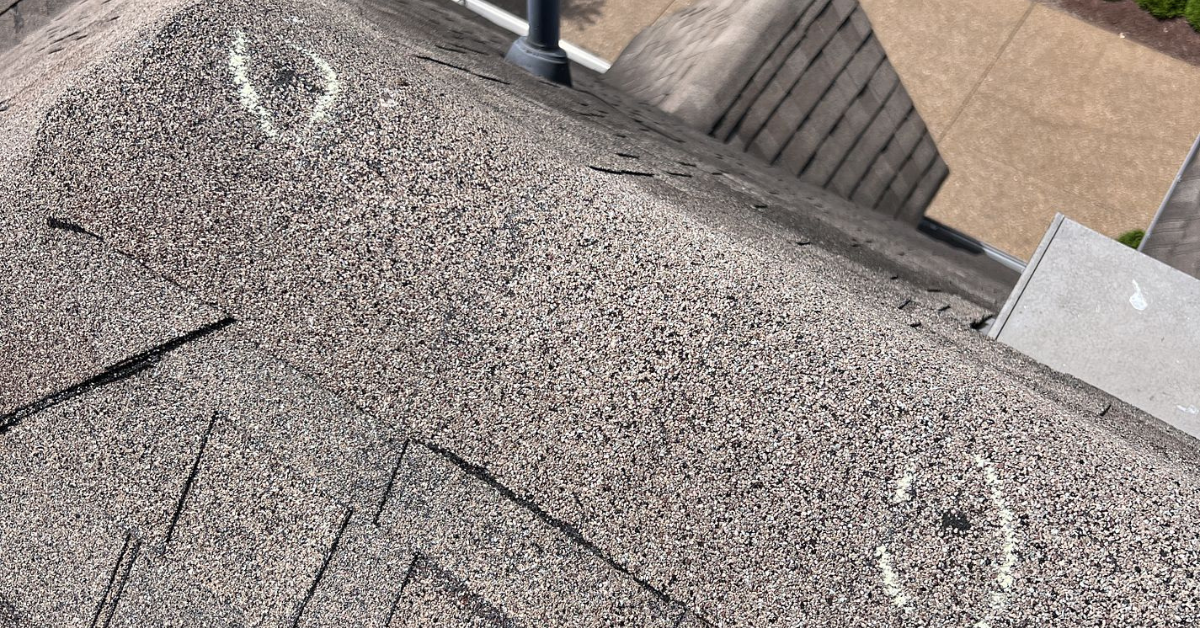
An expert report offers more than just damage identification. It provides homeowners with peace of mind, clarity, and a roadmap for action. These reports are especially valuable during insurance claims, serving as official documentation that supports the request for repairs or replacement. It's not just about knowing your roof needs repair—it's about covering roof replacement through your insurance company whenever possible.
Choosing a reputable roofing company ensures your inspection report is thorough and accepted by insurance providers.
Professional reports also include recommendations tailored to the roof's condition, helping homeowners make informed decisions. Whether it's a repair, maintenance schedule, or full roof replacement, expert advice prevents both short-term issues and long-term financial strain. Understanding labor costs, tear-off requirements, and installation methods allows you to plan for the complete scope of your project.
Does Insurance Cover Hidden Hail Damage?
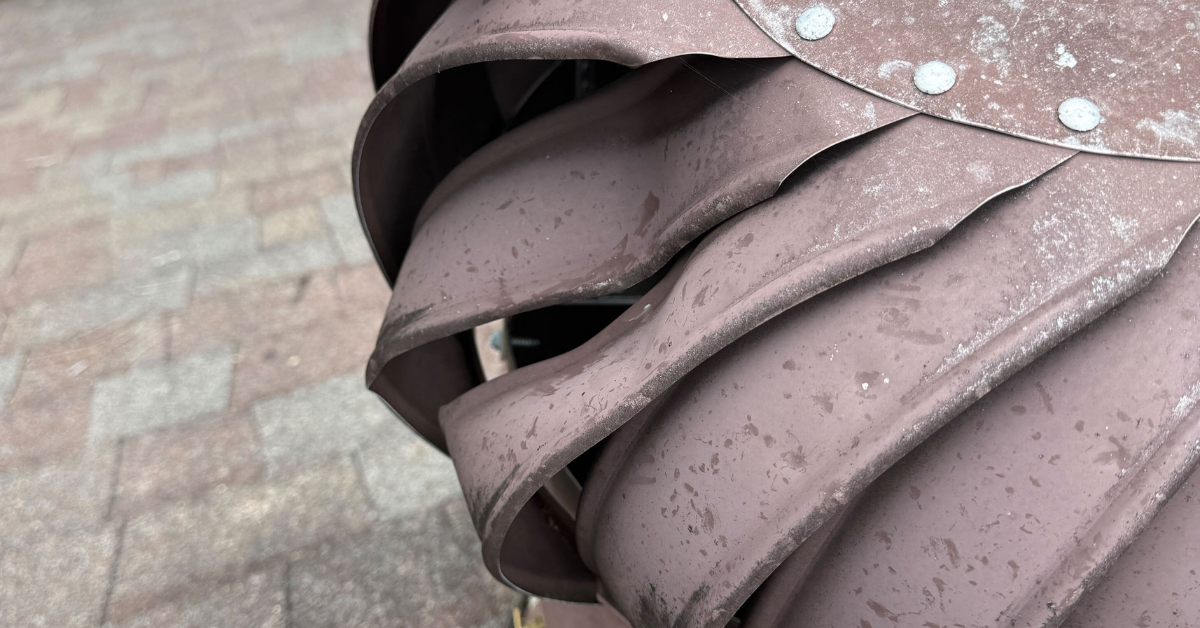
What Most Policies Include
Homeowners insurance generally covers hail damage under the dwelling protection clause. This includes repairs or replacement due to roof damage caused by hail, even if the damage isn't immediately visible. However, coverage can vary significantly depending on the provider and policy terms.
It's essential to read the fine print and consult with both your roofing contractor and insurance agent to fully understand your coverage. Five Points Roofing works directly with providers to ensure all documentation meets policy requirements. They help you navigate coverage decisions based on replacement cost, not just actual cost.
What Can Affect Your Claim

Several factors can influence whether your insurance claim for hail damage is approved. Roof age is a major consideration; older roofs may only qualify for actual cash value rather than full replacement cost. Time limits for reporting damage also play a role. Waiting too long can result in claim denial.
Other issues include lack of maintenance or previous damage not documented. Insurers may question whether the hail is the true cause if the roof was already in poor condition. Keeping inspection records and acting quickly are your best defenses. Documenting your old shingles, water damage, and materials replaced helps clarify your need for replacement.
Tips to Ensure Coverage

To maximize your chances of insurance coverage:
- Schedule an inspection within days of any hailstorm
- Document damage with photos and written observations
- Work with HAAG-certified inspectors like those at Five Points Roofing
- Keep records of roof maintenance and prior inspections
These steps create a clear timeline and demonstrate due diligence. They also ensure your claim is processed smoothly and fairly. Cover roof replacement costs by acting promptly and keeping your documents organized.
Understanding Roof Warranties and Hidden Damage
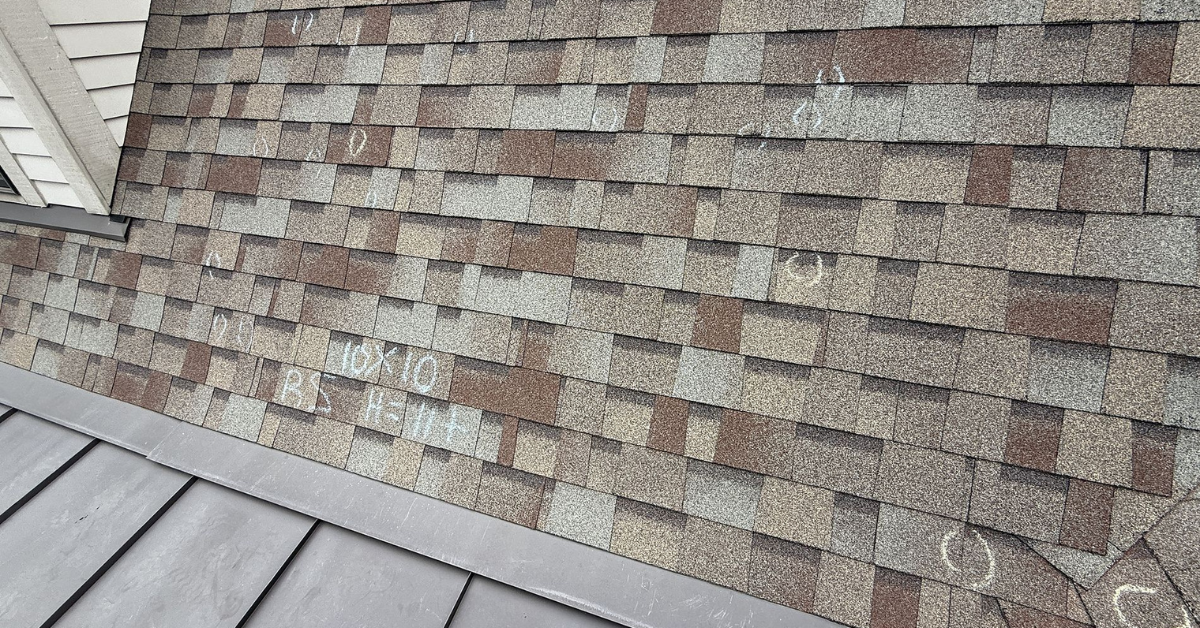
A roof warranty is a valuable safeguard when investing in a roof replacement, but it's important to understand exactly what your warranty covers—especially when it comes to hidden hail damage. Most roof warranties protect against defects in roofing materials and workmanship, but they may not always cover damage that isn't immediately visible, such as subtle hail impacts that only become apparent months after a storm.
Ultimately, understanding your roof warranty and staying proactive with inspections and maintenance can help you avoid unexpected expenses and ensure your roof remains protected against both visible and hidden hail damage.
Preventing Hail Damage: Steps You Can Take Now
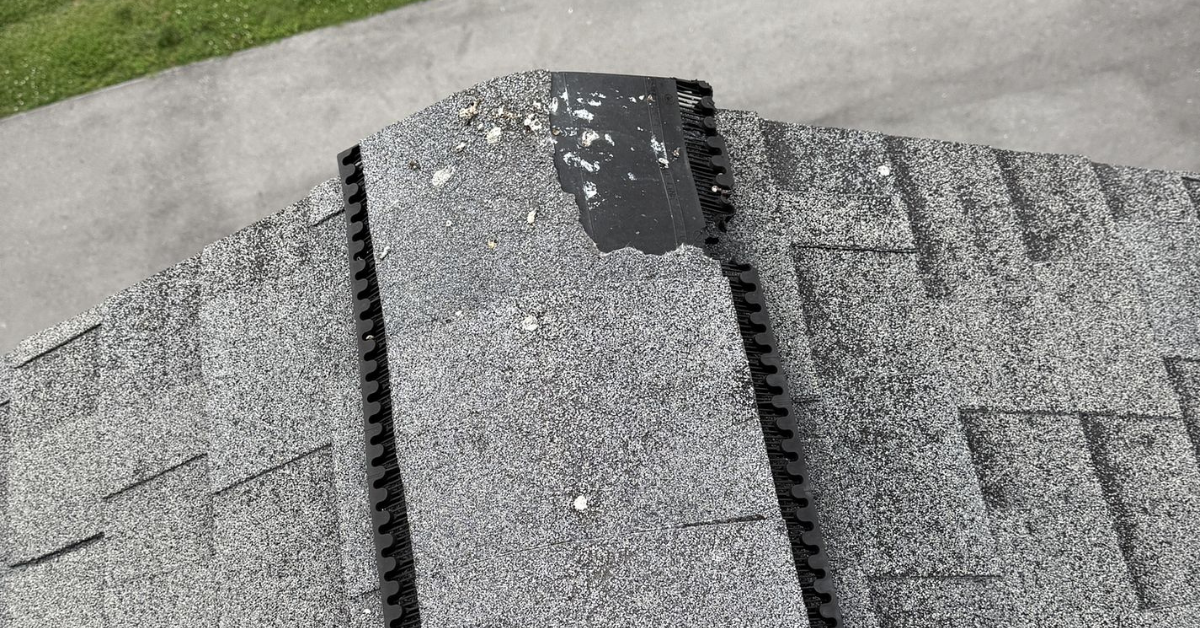
While no roof is completely immune to hail, there are practical steps homeowners can take to reduce the risk of hail damage and manage roof replacement costs. One of the most effective strategies is to invest in high-quality roofing material that is specifically designed to withstand hail impacts. Impact-resistant shingles, for example, offer enhanced durability and can help protect your roof from the dents and cracks caused by hailstorms.
Regular roof inspections are another essential part of hail damage prevention. By having your roof checked by a professional after major storms and as part of routine maintenance, you can identify vulnerabilities early and address them before they lead to more extensive repairs or water damage. Keeping gutters and downspouts clear of debris is also important, as clogged gutters can worsen water damage when combined with hail impacts.
Protect Your Home Before It's Too Late
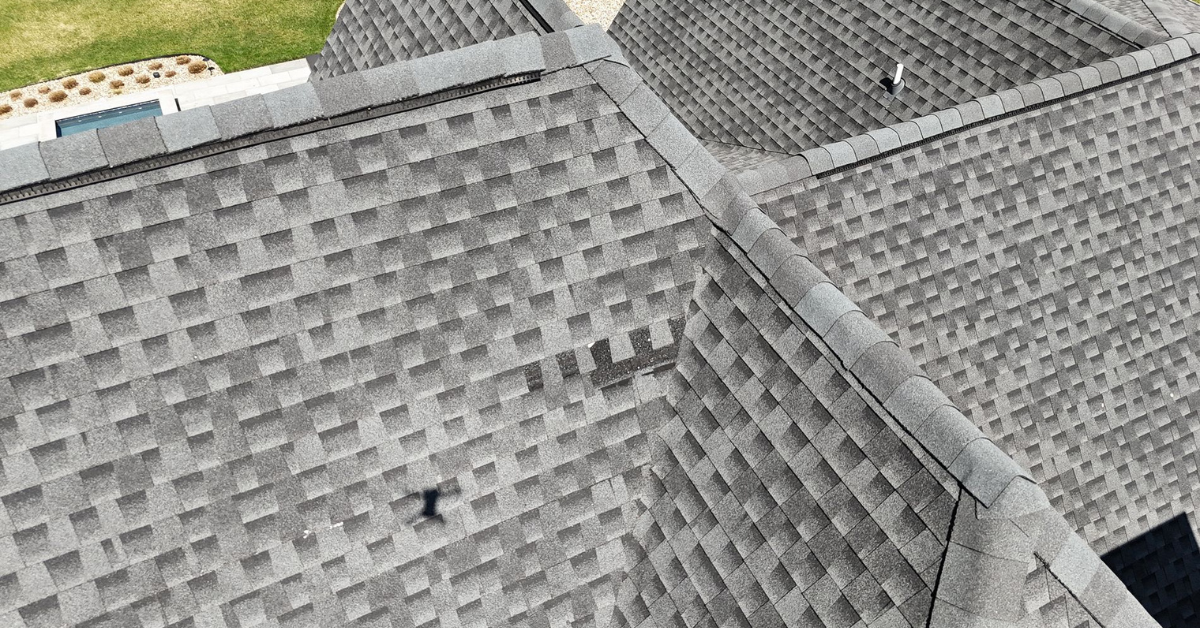
Hail damage is one of the most deceptive threats to your home's structural integrity. While it may not be visible immediately after a storm, the long-term consequences can be devastating. From roof leaks and insulation issues to denied insurance claims, the risks of ignoring hidden hail damage are too great to overlook.
By understanding how hail damage occurs, what to look for, and why expert inspections matter, homeowners in Middle Tennessee can take proactive steps to protect their investment. Five Points Roofing stands ready to help with free inspections, insurance claim guidance, and trusted local service grounded in 75 years of experience.


